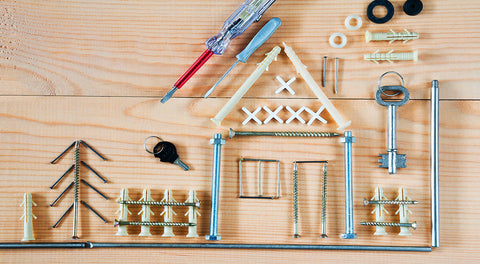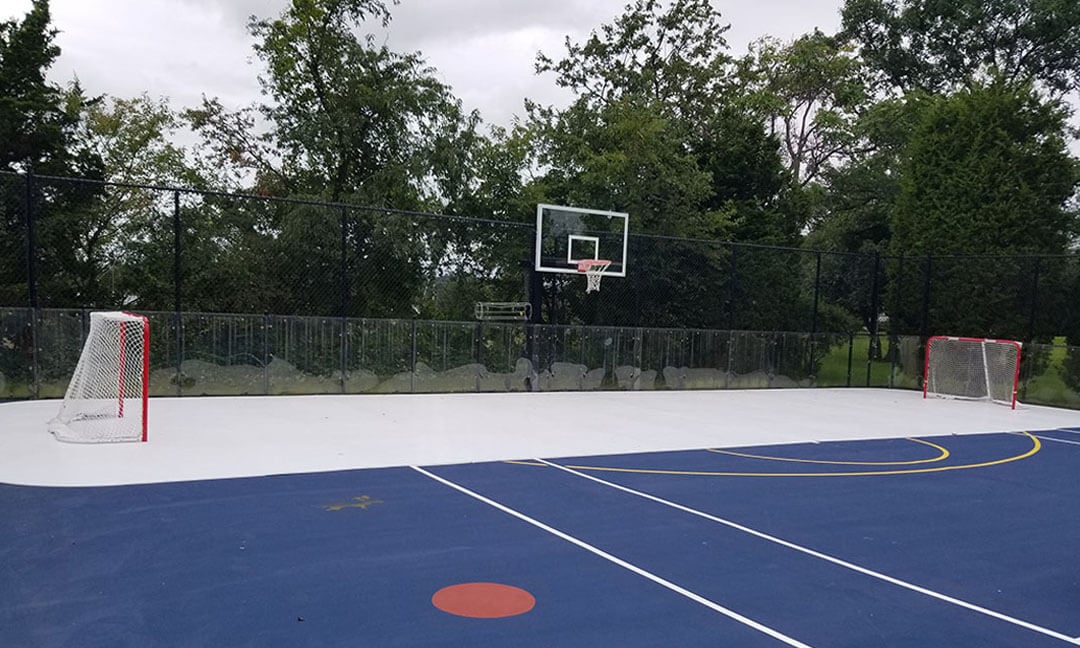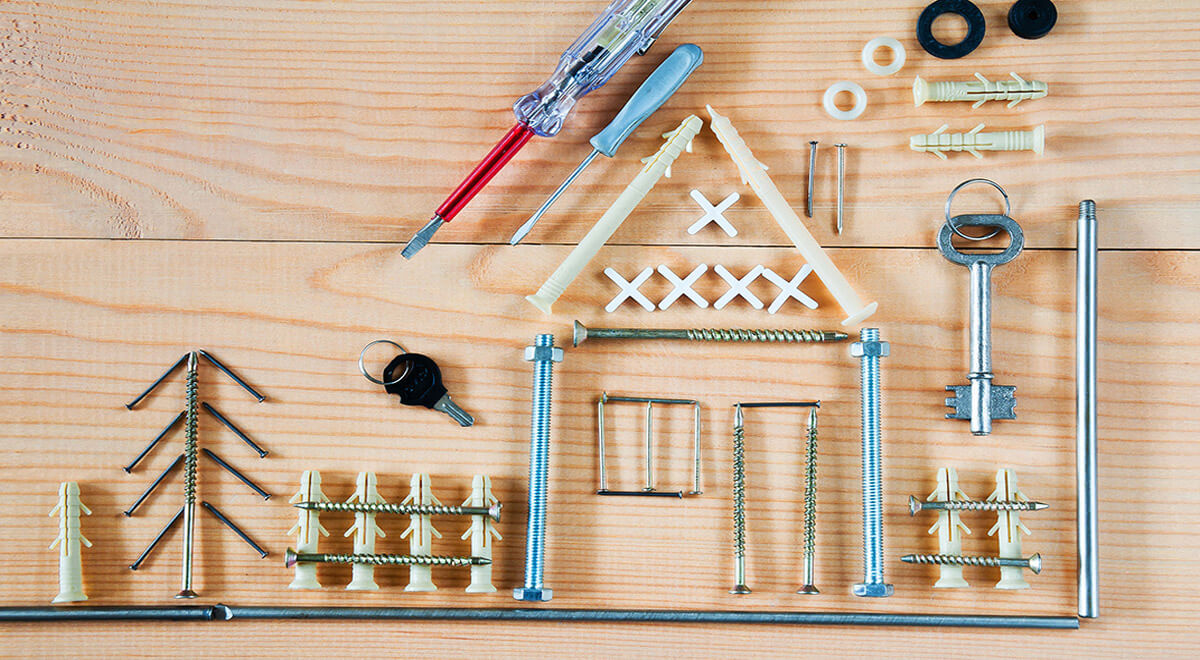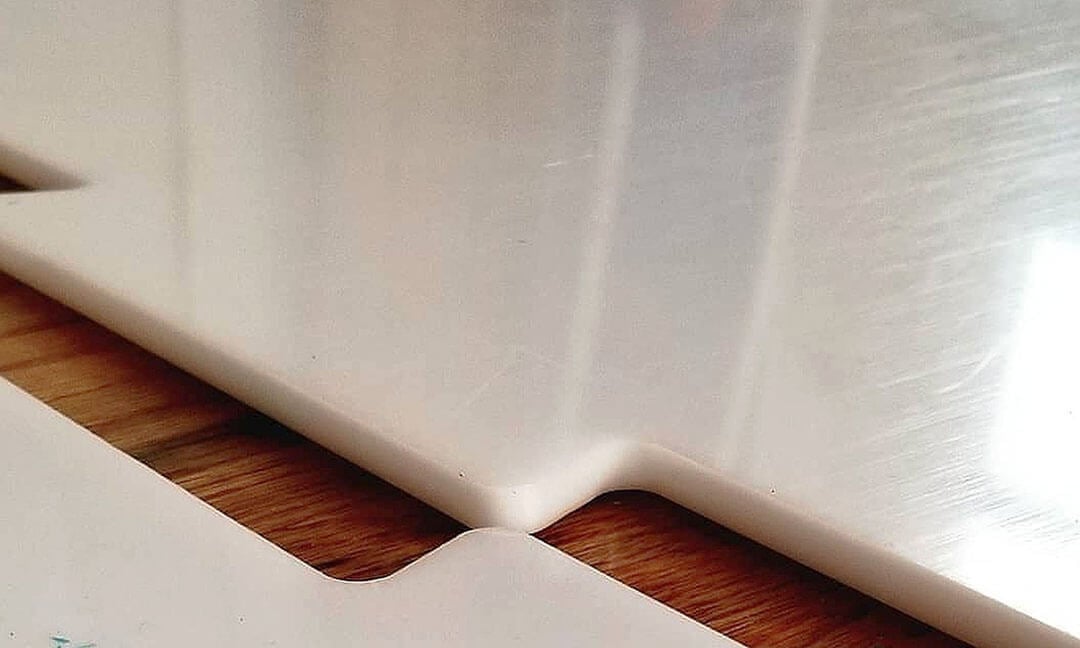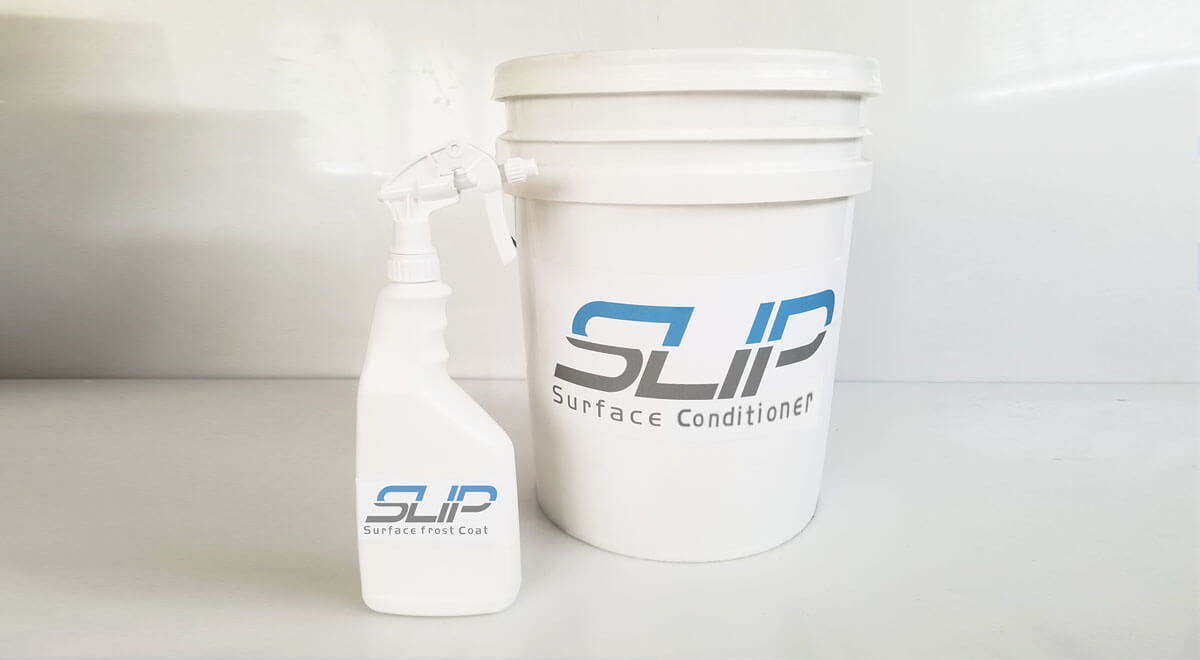Best Hockey Boards for Synthetic Ice Training (2025)
When you’re done setting up your synthetic ice, you’ll begin to think about adding elements to make it look and feel like a real, competitive hockey rink.
Two of the main objectives will be puck containment and making sure there are a limited amount of broken windows on each shooting end.
Whether you have a backyard rink, a small rink in a spare room, or a large commercial synthetic ice rink, you must be wondering, “ Are hockey boards for a synthetic ice rink even necessary?”
Here’s an answer based on our experience:
You don’t need hockey boards to enjoy the benefits of synthetic ice, however, it’s an important part of the safety of skaters (and potential spectators) depending on the size of the rink.
Hockey boards can also help with the strategic parts of the game when practicing though it's your choice whether to install them or not.
Because it is a common practice to see hockey boards at your favorite NHL team rink, you may think it’s a requirement but if you're handy you can create your own board system that won't hurt your pocket book.
Here is some more insight into some of the best hockey boards on the market and how great they work with any synthetic ice surface (backyard rinks, basement rinks, garage rink, deck or Den rinks)

What are Hockey Boards Exactly?
Hockey "dasher" boards are simply the walls for your rink.
Your standard regulation hockey rink has two side boards that cover the length of the rink with end boards and corner boards around each end zone.
Near the center red line in the Neutral Zone, one of these side boards provides the doors for each player to enter and exit the game.
On the opposite end are the doors for the penalty boxes.
On your standard Collegiate or NHL rink, hockey boards are actually two parts.
The bottom part is the dasher board with the white board that makes up the rink walls and on the top of the boards is tempered glass which can be several feet high, with higher glass shielding behind the goal.
As a rule of thumb, the main purpose of hockey rink boards is to keep the puck in play and not injure a fan during the game. It also plays a key part in offensive and defensive strategy.
Some of the best hockey boards are now accessible for smaller home rinks and larger recreational rinks as temporary or permanent installations.

What Materials Can Be Used for Hockey Boards?
The best hockey dasher boards are made of polyethylene sheet, a material that has been around for decades and is known for its durability and versatility as it absorbs energy, making it perfect for puck-impact and checking.
Dasher boards are at least 1/2 inch thick and at least 40-42 inches tall (but no taller than 48”).
Standard rink hockey boards have a painted yellow "kick-plate" at the bottom and blue or red "cap-rail" trim on top.. In professional rinks, part of the board is painted with a blue or red strip to match the blue and red lines on the ice.
Home rinks or commercial spaces do not need rink shielding systems and can be constructed using plywood to create rink walls, especially if they are making backyard rinks during the winter.
Plywood boards are cheaper alternatives but lack the durability of polyethylene.

Pros and Cons of Hockey Boards
If you have a synthetic ice rink, you may be wondering if you should take the next step to invest in the best hockey boards on the market.
You should consider who will be using the rink and for what purpose.
If you’re expecting the kids to have friends over and have friendly 3-on-3 action, the boards are a great investment.
It will help them with a more enjoyable game that is similar to real competition.
But if the rink is just for recreational use, side boards may not be necessary.
Here are some pros and cons to consider:
|
Pros |
Cons |
|---|---|
|
Provides safety |
It can be costly to install |
|
Commercial advertising space |
Need skilled help to install/uninstall safely. |
|
Spend less time chasing pucks |
More time cleaning and maintaining |
|
Allows for more physical play |
The possibility of ‘boarding’ injuries at home rinks. |
|
Durable and long-lasting. |
Requires UV Inhibitor for outdoor rinks |

Boards and Hockey Strategy.
Hockey boards play an important part in the overall flow and strategy of hockey and learning how to use those boards intelligently instantly makes you a better player.
If you have young Peewee or Bantam-level skaters at home, now is a good time to introduce dasher or rebound dasher curbs with your synthetic ice.
For starters, having boards will help them learn how to quickly receive the puck as it bounces off the board.
They can start working on using specific angles to give them an advantage in a game.
The boards also come into play in passing, defending, and even setting up the play by "banking it" off the boards at the right angle to get it to a teammate in stride during the play.
As a defenseman, you can also use the boards to shield the puck from an oncoming opponent as getting the puck from behind your body and stick is much more difficult when angling and using the boards properly.
This technique gives the player enough time to assess the ice before making his next move.

How Do You Set Up Hockey Boards On Your Synthetic Ice Rink?
If you’re interested in setting up boards for your rink, there are a few things to consider.
First, you have to think about the materials you will use and whether or not it will be a temporary of permanent installation.
- Are you going to get wood, plastic, or stronger polyethylene?
- Are you going to buy ready-made boards?
There are advantages and disadvantages to both.
Portable Boards
If you want something easy to assemble and disassemble, ready-made polyethylene boards work but can be quite pricey.
If you have more time but a smaller budget, you’ll probably want to build your rink walls yourself.
First, measure the dimensions of your synthetic ice surface as these measurements will help you determine how many boards you will need to complete your project.
Some rinks have curved, radius corners, so any measurements taken must consider this.
Your rink should already be on level ground, or the walls will be uneven.
Anchoring Options
Rink boards also need brackets to hold them in place which you can source from a hardware store, or the rink wall provider you purchased from so find out your anchoring options.
Each bracket must be anchored into the ground to support the board's weight.
You will have additional brackets to connect the corners and the boards together.
Remember to recruit a friend or experienced builder to help you get this done right.
- Lay down each board along the edges of the rink.
- Start with the corners. Stand two boards up next to each other.
- Connect one corner first using the brackets or attachment mechanisms provided. Then use the provided bracket to hold the board in place. Test the sturdiness of your first board. It should be strong enough to hold your body weight.
- Move your way around the rink, carefully connecting each board with the brackets, then placing an anchor to keep them in place.
- Some rinks walls have bumpers for safer collisions. Install your bumpers last or buy your own using some foam.
It can take some time, but you’ll have a great hockey board that’s safe and gives your rink.
Consider a Rebounding Dasher Curb.
Some synthetic ice rink owners have time and budget constraints.
Portable boards, such as a rebounding dasher curb is a great alternative.
The BounceBar by PolyGlide Ice, for instance, is a strip we designed to give synthetic rice rinks a polished finish.
The bar is about 3” high but doubles as a rebounder thanks to the unique, high-reactive foam built into each unit.
You or the hockey player in your family can practice receiving the puck at different angles off of the bar.
Take a look at how the BounceBar responds in the video below:
These bars are customizable and are easy to install, allowing you or your kids to practice those dasher board puck skills at a fraction of the cost.
You can even stack the bars or outfit rinks with curved corners.
Keep in mind that different types of hockey boards will produce different results when the puck hits them.
Wood boards might slow the puck or not provide the same response as conventional polyethylene boards.
If you’re installing panels for safety, the material won’t matter too much.
If it’s for safety and training, you can always get professional-grade boards.
The Bottom Line
Hockey boards are an optional part of building a synthetic ice rink.
Synthetic ice rinks have fantastic benefits like skating year round, easy installation, durability, lower costs and you can skate on the ice without hockey boards.
However, you’ll find some great benefits to installing your boards, including safety, aesthetics, and training key skills.
It’s great knowing that you can also choose smaller rebounders or bounce bars to complete your home synthetic ice rink project.
Are you ready to take your synthetic ice rink to the next level?












